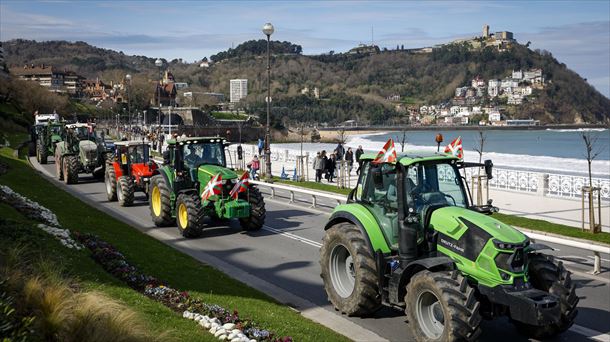There are heartbreaking images shared by the US Oceanic and Climate Administration (NOAA) on social media: they show a female killer whale carrying her dead calf.
Mother killer whale J35, also known as Tahlequah, is part of a very small and endangered population in Puget Sound, a strait near Seattle, Washington state. It is not the first time that J35 has been unable to part with a dead young animal.
Deep emotional and social structures
On Jan. 1, a NOAA research group observed the mother orca carrying her dead calf, according to the agency’s Instagram video — a behavior also known in other social animals such as primates and elephants. “The loss of J35 reminds us of the deep emotional and social structures of these incredible animals,” the video continues.
I’ve already lost a calf once
The calf’s death is devastating news, as the Puget Sound orca population is now down to 73 animals. Tahlequah also made headlines in 2018 when she carried her dead calf with her for 17 days.
Accordingly, the loss of J61 was particularly tragic, “not only because she was a female who could potentially one day lead her own matriline, but also given the story of her mother J35, who has now lost two of four documented calves – both of them were women,” the NOAA team wrote on Instagram. Tahlequah has two other offspring, including a three-year-old calf, J57 (named Phoenix), and a 14-year-old calf, J47 (known as Notch), both of whom are male.
Respect for the sadness of mother orca
When asked by an Instagram user what might have killed J61, the agency generally responded that the orca population (Orcinus orca) in the northeast Pacific Ocean is fighting for its survival against a variety of threats: “Research has identified three main threats to their survival identified: noise and disturbance from shipping traffic, health and pollutants, as well as prey availability. These factors reinforce each other.” In addition, the shrinking population leads to more inbreeding, which can almost halve the life expectancy of the animals.
A necropsy – similar to an autopsy on humans – could provide information about the cause of the young animal’s death. This is unlikely given J35’s attachment to her dead calf and its decomposition, according to another NOAA contribution: “We respect her need to mourn the death of her calf and will continue to monitor her situation as circumstances permit. “
Source: Krone
I am Wallace Jones, an experienced journalist. I specialize in writing for the world section of Today Times Live. With over a decade of experience, I have developed an eye for detail when it comes to reporting on local and global stories. My passion lies in uncovering the truth through my investigative skills and creating thought-provoking content that resonates with readers worldwide.



